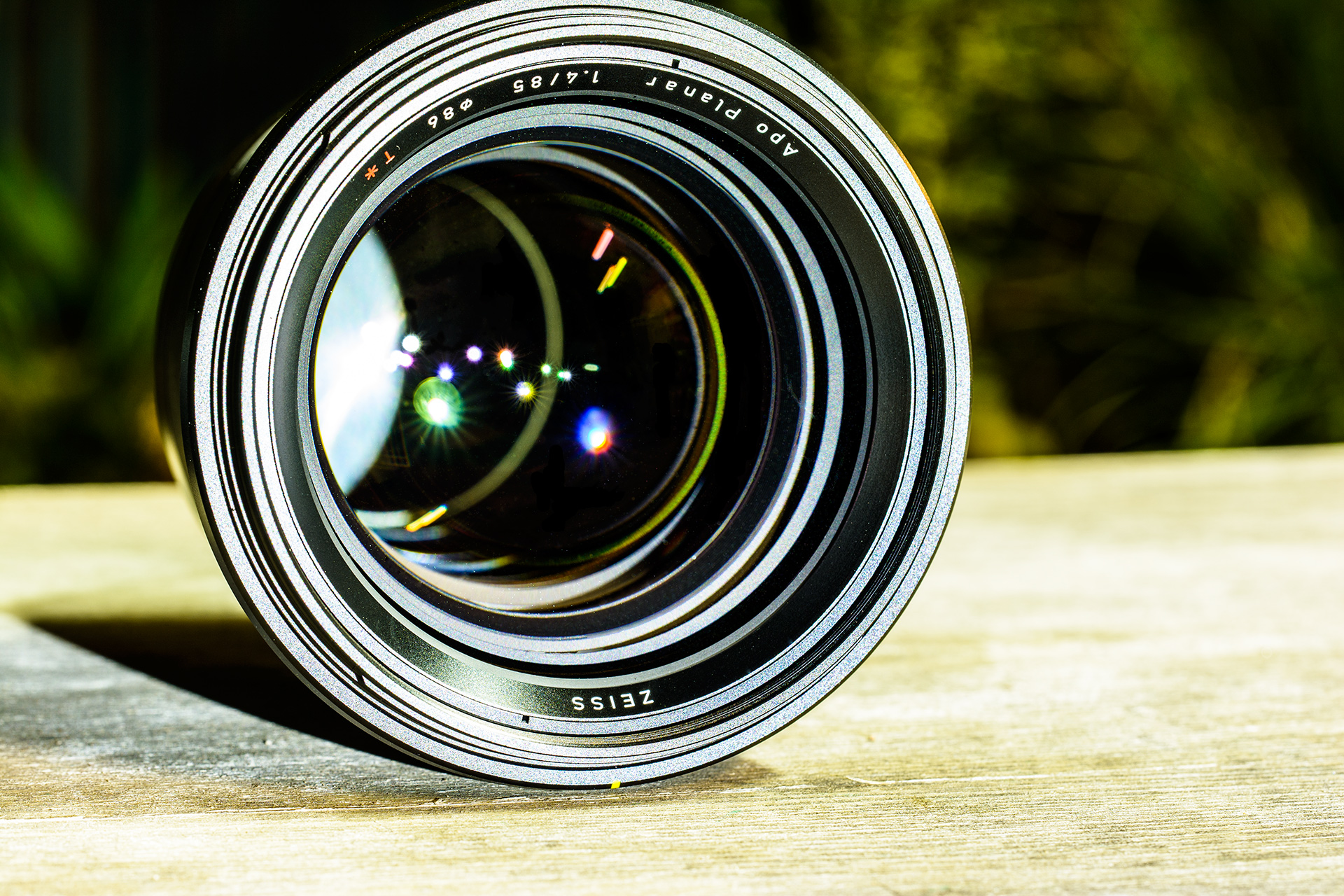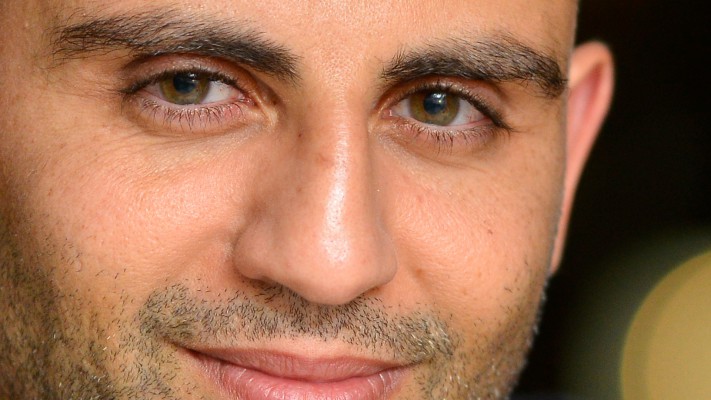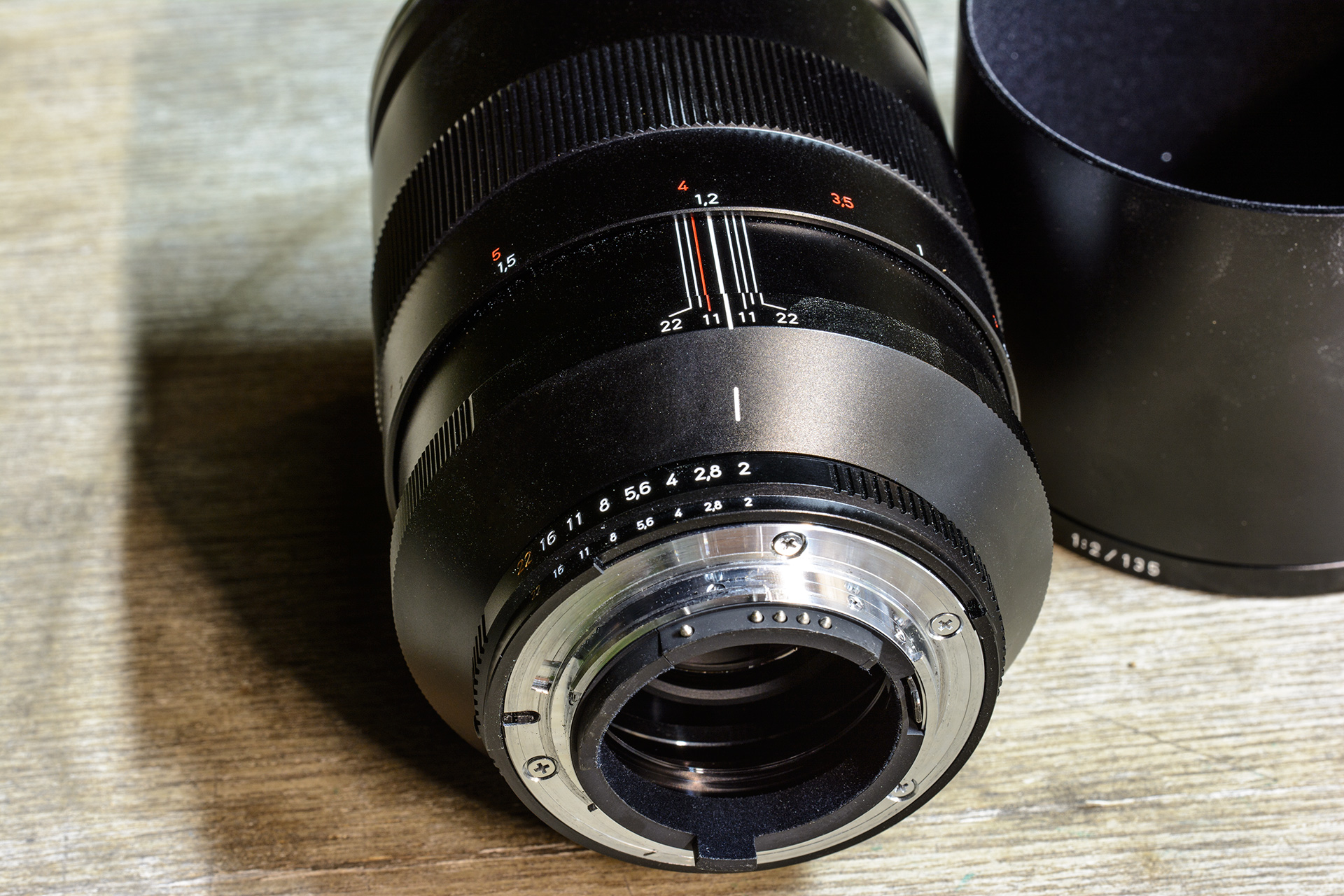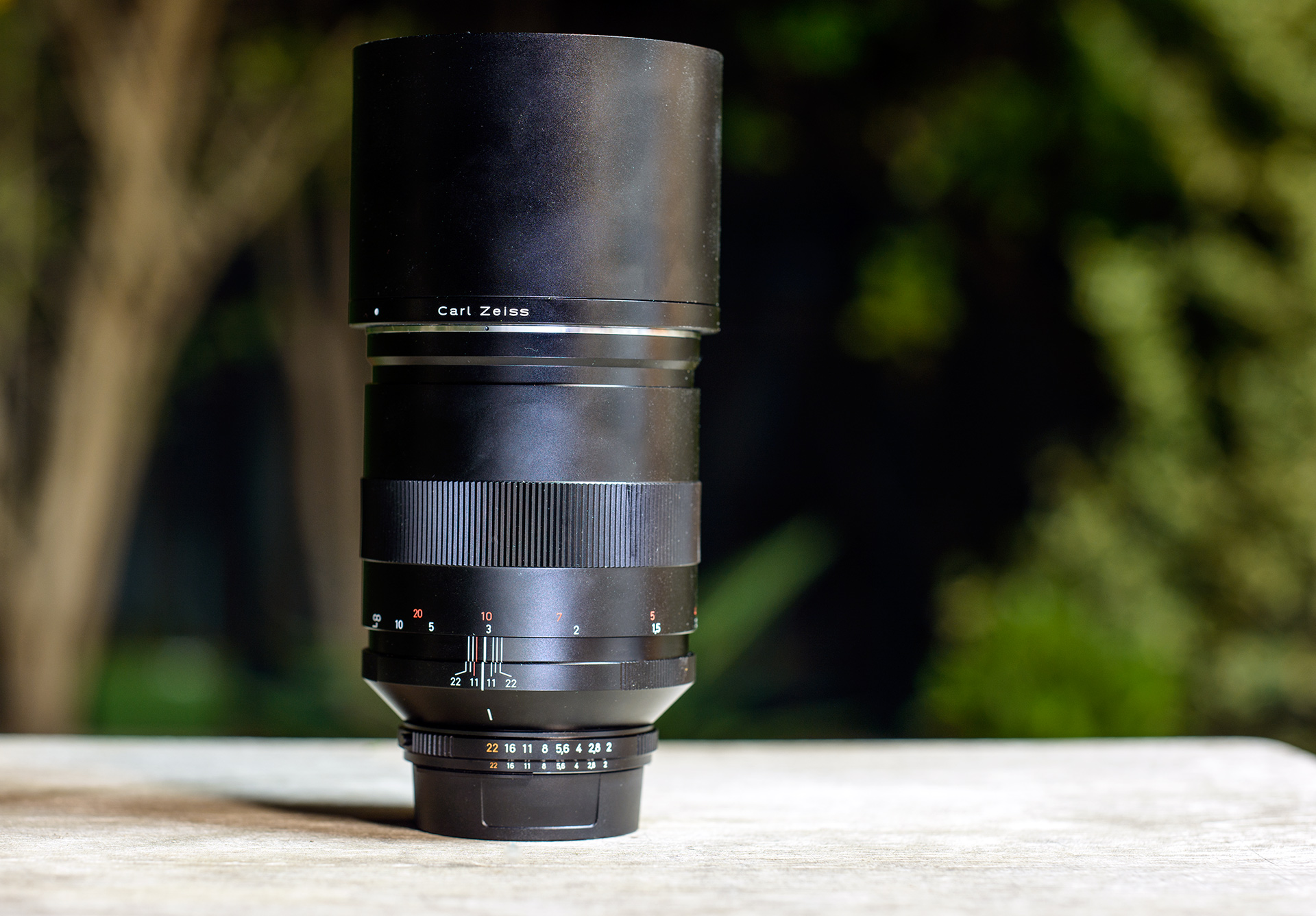Late in 2014 we had the chance to review 3 of Zeiss’ best portrait lenses. This is the third review of this series and this time around we will be looking at the Apo Sonnar T* 2/135.
In late October 2014 we received a large package to our doorstep which included 3 of the top portrait lenses currently manufactured by Zeiss – the Zeiss Otus 55mm f/1.4, the Zeiss Otus 85mm f/1.4 and the Zeiss 135mm f/2 Apo Sonnar T*. We spent about a month with all three lenses and we have already published the first two review in this series (see our very extensive Zeiss Otus 55mm f/1.4 Lens Review and our shorter Zeiss Otus 85mm f/1.4 Lens Review) and on this review we are going to look at the third and last lens in this review series – the Zeiss Apo Sonnar T* 2/135.
The Zeiss Apo Sonnar T* 2/135
 A table of content if you like to jump forward in the video:
A table of content if you like to jump forward in the video:
- Introduction
- Design and build quality (1:17)
- Lens performance (6:07)
- Conclusion (8:33)
Here is a quick look at the specs of the Apo Sonnar T* 2/135 lens:
- Mount Canon/Nikon (we used our Nikon D7100 and a Nikon D800 for this test).
- Focal length: 135mm (Full Frame coverage).
- Aperture: f/2-f/22.
- Weight: 920 grams~.
- Length: 130 mm.
- Width 96 mm (Diameter of focusing ring).
- Filter: 77 mm.
- Construction: 11 elements / 8 groups.
- Minimum focus distance: 80 cm.
- Maximum magnification: 1:4.
- Focus ring with 268 degrees of rotation.
Build Quality
Externally, the Apo Sonnar T* 2/135 is a very different lens than the two Otus lenses. The design is much more similar to the rest of the Zeiss line. This isn’t a bad thing of course and the build quality is just as high. Instead of the rubber focus ring of the Otus, you have a more conventional metal ring. Another difference from the Otus is the focus mechanism. Although both lenses are manual focus only lenses, the Apo Sonnar T* 2/135 extends quite a bit when focusing (although the front element doesn’t change while focusing so it should not effect filters). The Otus lenses on the other hand focus completely internally. This didn’t really bothered us to be honest.
The lens isn’t light (almost 1 kg or around 2 pounds) but it is thinner than the Otus 85mm and thus more convenient to use (at least to our small hands). Just like the two Otus lenses, the aperture ring is small and clicky with a small lock button. We never really used it as we changed the aperture from the camera itself.
Metal mount and an all metal construction (and hood)
The entire lens is made out of metal and so is the hood which has a nice black fabric (again like the Otus lenses) although unlike the Otus the hood doesn’t feel exactly like and extension of the lens but more or less like a usual hood.
If you ever used any of the old manual focus lenses from Canon/Nikon (or even Pentax/Olympus) this lens is going to feel very familiar. It does include depth of field scale with markings as well as an infrared index mark (for those still using the lens on analog cameras with infrared film).
Performance
Unlike the two Otus lenses we were not exactly sure what to expect in terms of performance with the Apo Sonnar T* 2/135 lens. Typically these lenses have been excellent portrait lenses (both Nikon and Canon have old AF 135mm lenses and even older MF lenses in this focal length). The design of the Apo Sonnar T* 2/135 on the other hand is much more recent (it was released around the same time as the Otus 55mm about 5 years ago) and so we had pretty high expectations. As you will see in a second the lens did not let us down.
Vignetting – wide open you can hardly see any darkening of the corners (we would even dare say that the performance here was better than that of the 2 Otus lenses – however this is an f/2 lens and not f/1.4 although with a longer focal length). You can hardly see any difference when you close down. 
 Barrel distortion – just like the 55mm Otus and 85mm Otus, the lens has no apparent barrel distortion.
Barrel distortion – just like the 55mm Otus and 85mm Otus, the lens has no apparent barrel distortion.  Chromatic aberration – Just like the two Otus lenses we never encountered any CA (there might be some in extreme situations but Zeiss seemed to do a very good job in this respect).
Chromatic aberration – Just like the two Otus lenses we never encountered any CA (there might be some in extreme situations but Zeiss seemed to do a very good job in this respect).
Sharpness – on the following images you can see the sharpness in different apertures across the frame (shot with the D800 on a tripod with Live view). It was extremely hard to do this test with such a long focal length and fast aperture as even a very very small angle of the camera produced an out of focus in one of the sides of the frame wide open. Although at the it might seem like the image is not super sharp at the very extreme side wide open – our feeling is that this is some sort of an artifact of our testing methodology rather than a real world result.
We would consider the best of the right/left images wide open to be really indicative of the actual performance on the side (again – because of the difficulty in aligning all of the components of this test perfectly).
Our test shot (full)
 Crops at different f-stops (center box, left and right)
Crops at different f-stops (center box, left and right)


Here is a real world example of sharpness (shot with the D800 @f/2 ISO 720) – full image  100% crop
100% crop 
Contrast levels are also high (maybe not as high as those of the Otus but still very good).
The only drawback that we can mention in terms of performance was the way this lens handles veiling flare. We would not say that it is bad in this respect, it is just that the two Otus lenses are just so spectacular in this area that you definitely see the difference.
Some veiling flare
Conclusion
We were pleasantly surprised by the Apo Sonnar T* 2/135. Zeiss did not brand this lens as an Otus lens (and it’s design is more traditional) however in terms of actual performance it does not seem to lag far behind. To add to the attractiveness of this lens, the price (under $2000 at this time) is about half that of the Otus lenses and not that far from the old Nikon/Canon 135mm f/2 lenses (although these two do have AF).
There is very little not to like about this lens. Besides being MF only lens (like all the Nikon/Canon mount lenses from Zeiss), which isn’t exactly everybody’s cup of tea (we are still hoping to see DSLRs with hybrid viewfinders which will make shooting with manual lenses that much simpler), the only thing which is worth mention on the negative side is the lack of weather-sealing (the Otus lenses also lack weather-sealing) and the somewhat lower handling of veiling flare when compared to the Otus lenses.
Zeiss Apo Sonnar T* 2/135 – So what do we think?
At the end of the day, if you are looking for the very best portrait lens and you have the money to spend (and you are O.K. with shooting with MF and everything that this entails), your choice is going to be between the 55 mm and 85 mm Otus lenses and this lens and we feel that the choice should boil down to what focal length feels the most practical for you (do you do more head shots or head and shoulder work or even full body?). Of course, if pricing is an issue, the Apo Sonnar T* 2/135 is going to be the natural choice because of the huge price difference compared to the Otus lenses (if you are really short on cash there is also the new samyang/rokinon 135mm f/2.0 ed umc lens which we have yet to test ourselves, but cost about 1/4 of the price).
What we liked
- Very high image quality (possibly best in class for this focal length).
- Nice design and very high build quality (note that the lens does extend when focusing).
- Metal hood with anti reflection fabric inside.
- Huge 265° of rotation for the focus ring.
What we liked less
- No Weather-sealing.
- Manual focus only.
- Not as good as the Otus lenses when it comes to headlining veiling flare (still decent though).
Gallery
The following is a gallery of images which we took using the Zeiss Apo Sonnar T* 2/135 with both the Nikon D7100 and the Nikon D800. Images were not changed apart from cropping. 





 We would like to thank jugend for loaning us the Nikon D800 camera used in this review, as well as ABS who helped with lens loaning logistics. A big special thank you goes to Zeiss who were kind enough the loan us all 3 lenses for an extended period of time so that we can complete all of our tests.
We would like to thank jugend for loaning us the Nikon D800 camera used in this review, as well as ABS who helped with lens loaning logistics. A big special thank you goes to Zeiss who were kind enough the loan us all 3 lenses for an extended period of time so that we can complete all of our tests.

You can support LensVid by shopping with our affiliate partners
Affiliates: Amazon, B&H, Adorama and E-bay.
Why should you trust us?

